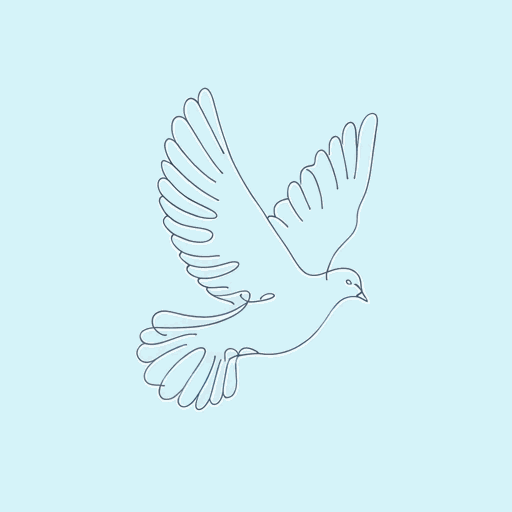63 pages • 2 hours read
Barbara F. WalterHow Civil Wars Start: And How to Stop Them
Nonfiction | Book | Adult | Published in 2022A modern alternative to SparkNotes and CliffsNotes, SuperSummary offers high-quality Study Guides with detailed chapter summaries and analysis of major themes, characters, and more.
Chapter 3Chapter Summaries & Analyses
Chapter 3 Summary: “The Dark Consequences of Losing Status”
Content Warning: The source text depicts acts of violence and other crimes associated with civil wars.
The title of this chapter, “The Dark Consequences of Losing Status,” illustrates its central thesis: The likelihood of political instability and violence increases when groups who were once in power lose that power and “feel left out of the political process” (63). Walter uses three primary case studies from around the world to support this thesis.
The first and longest case study is the revolt of Muslims—known locally as the Moro people and representing a minority group—in the mixed Muslim-Catholic region of central Mindanao in the southern Philippines. By the late 1960s, the first two key risk factors/patterns that predict where and when civil wars might break out were already present in the Philippines. First, the Philippines slid from the democracy to anocracy zone within a short time frame under the rule of President Ferdinand Marcos. Second, local clans and religious groups competed for national power, which greatly increased factionalism in the country. While Walter notes that these two variables are critical for the occurrence of civil wars, “there are lots of disgruntled ethnic groups living in factionalized anocracies, and most do not rebel” (63).

